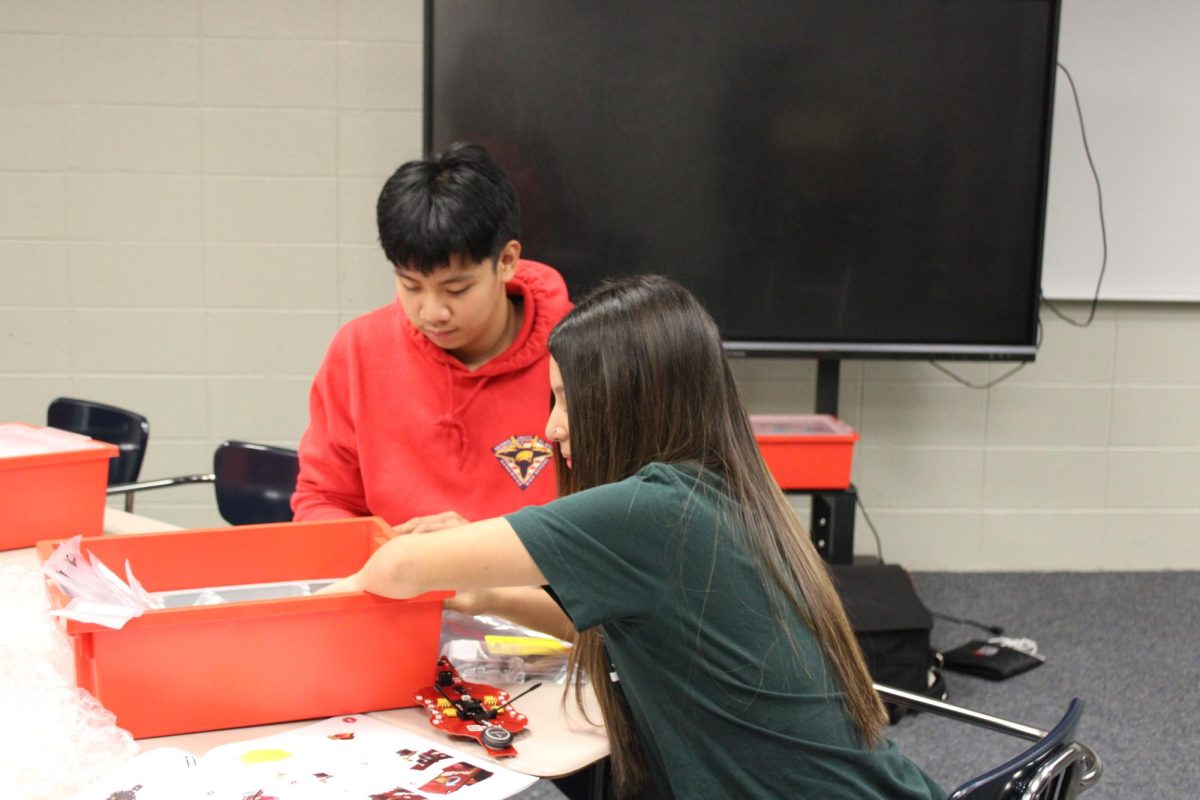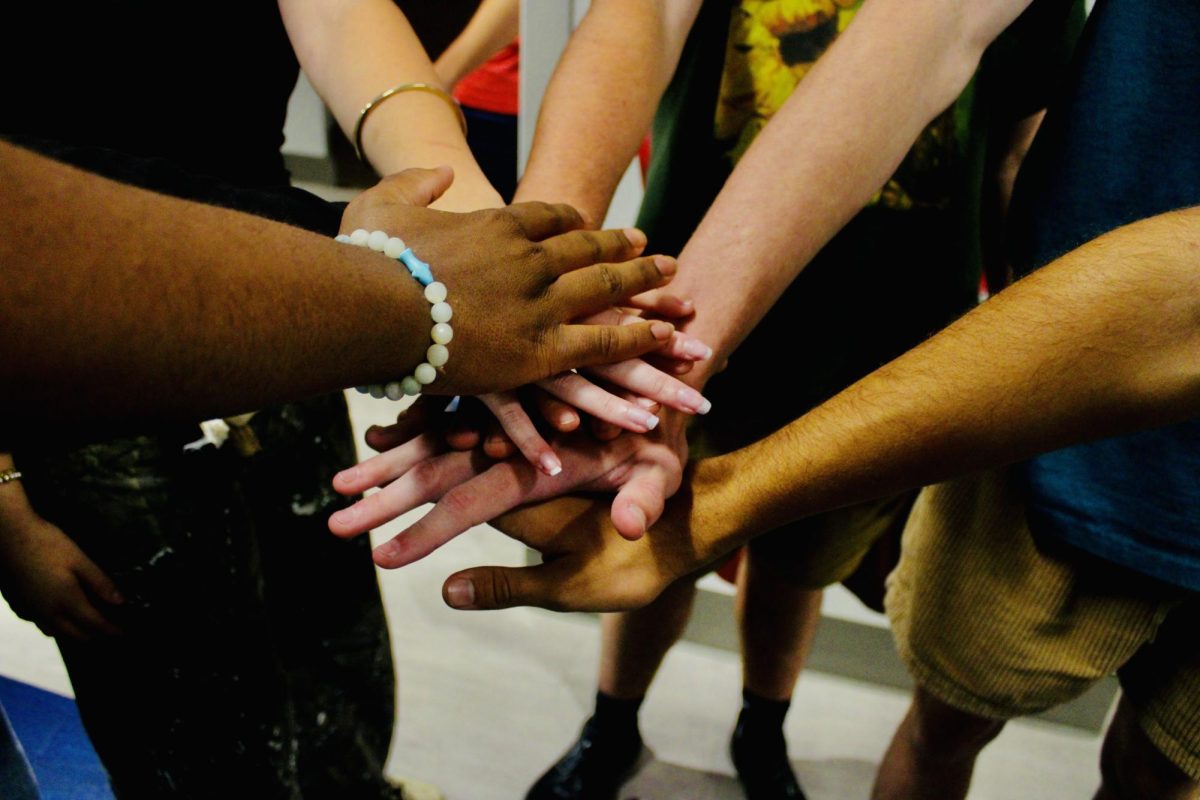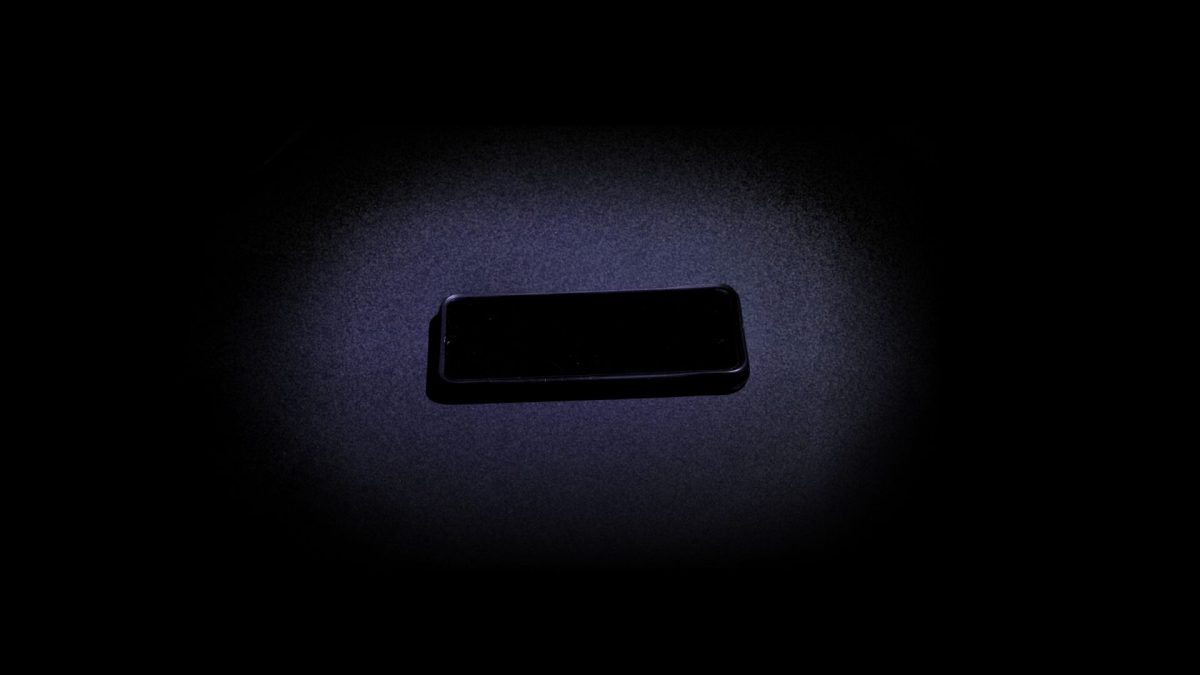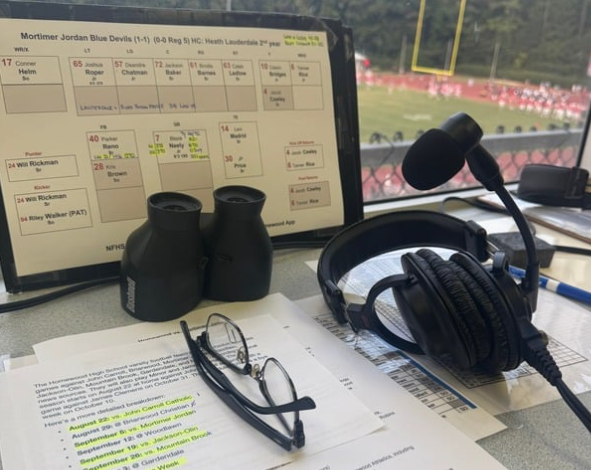The Department of Education, a cabinet-level government agency overseeing public and private schools across the nation, is facing potential large-scale reforms and layoffs due to President Donald Trump’s plans.
Trump campaigned on a pledge to close the Department, saying it has been taken over by “radicals, zealots and Marxists.” Conservatives have made occasional suggestions to shut it down over the years, saying it wastes taxpayer money and overexerts federal power.
The move, having drawn both intense support and sharp criticism, raises fundamental questions about the federal government’s role in shaping education policy and ensuring equal opportunity for all Americans, a duty some believe should be entirely left to the states.
The process of limiting the DOE’s reach has already begun, with multiple government contracts regarding education science research and teacher training, totaling more than $1 billion, being cut in the last month.
The DOE administers the Free Application for Federal Student Aid (FAFSA), which provides college students with tuition loans. FAFSA, along with The Department of Education, is planned to undergo massive transformation, perhaps ceasing to exist.
“17.53 million students a year apply to FAFSA, federal aid for education,” according to the Education Data Initiative.
The Department also monitors student achievement through the “Nation’s Report Card,” which tracks nationwide trends in chronic absenteeism, poverty levels and the educational experience of students.
“This is information that we use for other federal programs,” said Geoff Bennett on PBS News Hour. “It’s information that other researchers rely on, that journalists rely on, that really forms the backbone of our understanding. So that’s an example of one of the contracts that was suddenly canceled out of the blue.”
While its financial contribution to primary and secondary education is relatively small, accounting for 8 percent of overall funding nationwide, the DOE’s influence extends far beyond its budget.
The Department’s mission initially focused on financial aid for students but has evolved to encompass equal education opportunities, anti-poverty initiatives and enforcement of critical civil rights laws such as Title VI of the Civil Rights Act of 1964 and the Economic Opportunity Act of 1956.
Many special education teachers and families fear the Individuals with Disabilities Education Act (IDEA), also protected by the DOE, will be impacted. This law guarantees students with disabilities special education services, such as touch to speech technology and support programs, to assist them in public schools. It also allows educators to make IEPs, Individualized Education plans, for students with disabilities.
Randi Weingarten, President of the American Federation of Teachers said she is “[concerned that the] budget cuts are going to take funding away from kids with special needs.”
While it is unlikely protections and funding for special needs education and other anti-discrimination programs will be completely eliminated, without the DOE nationwide standards will be significantly more difficult to enforce.
Lindsey Burke, the education policy director for The Heritage Foundation, which seeks to promote conservative public policies, told ABC News that Project 2025 “does not touch IEPs at all.”
Supporters of dismantling the Department argue that it represents an overreach of federal power into areas best left to state and local control. They contend that the Department’s regulations stifle innovation and impose unnecessary burdens on schools. They also point to the relatively small public education funding percentage the Department controls, suggesting that its impact is limited.
Rick Hess, Director of Education Policy Studies at the American Enterprise Insitute said, “All the Department really has is the money authorized by Congress. All of these programs will continue to exist and get money unless Congress votes to stop funding them”
If the Department is successfully shut down, the programs and contracts it currently facilitates will be left up in the air.



























